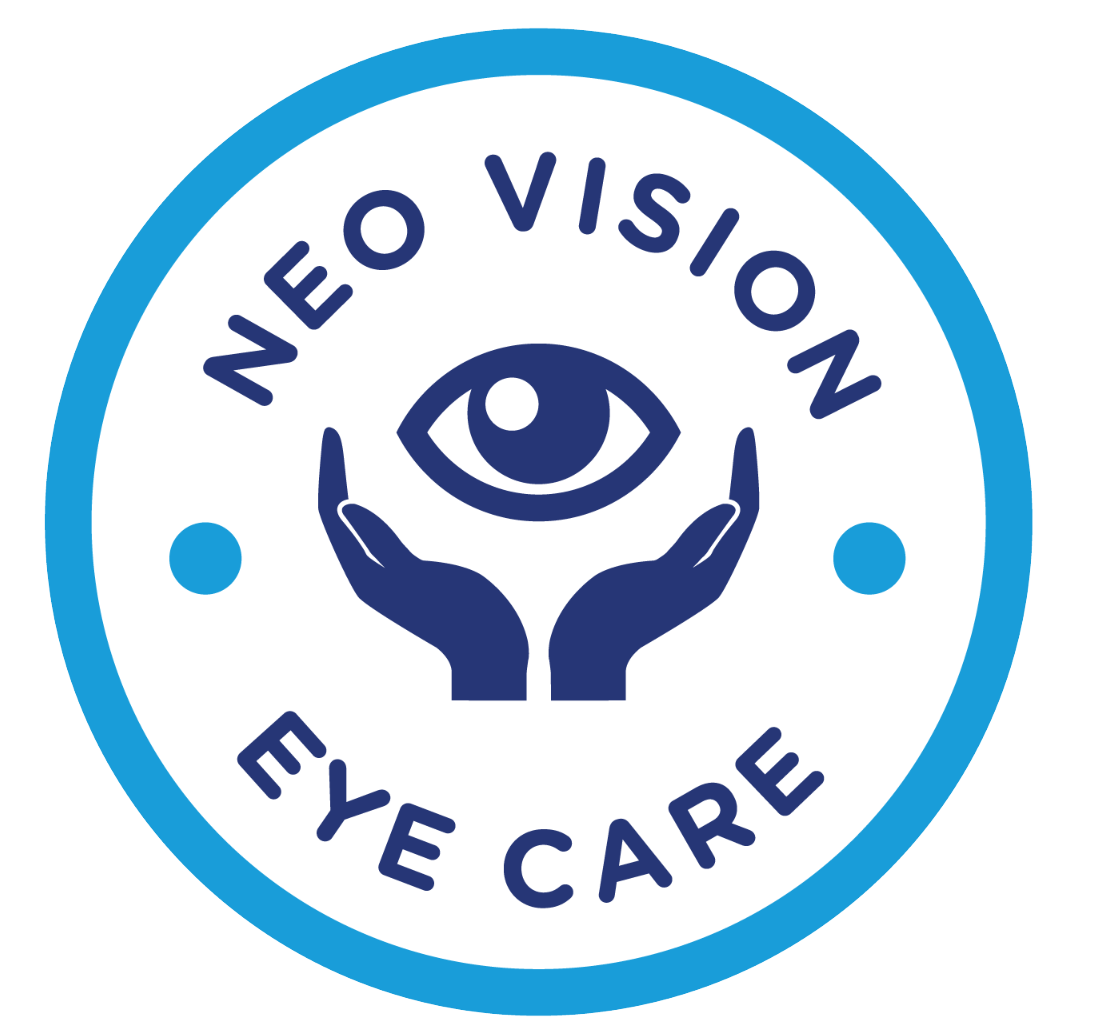What Is Digital Eye Strain?
Digital eye strain, also known as computer vision syndrome, is a group of eye and vision problems. It happens when you use digital screens for long periods. These screens include computers, tablets, and smartphones. Because more people use screens daily, digital eye strain is now very common. According to the American Optometric Association, many people feel eye discomfort after two or more hours of screen time.
Common Symptoms of Digital Eye Strain
Many people notice symptoms after using screens for a while. However, these symptoms can vary from person to person. If you have digital eye strain, you may feel:
Sometimes, these symptoms go away after a break. But if they last, you may need to change your screen habits.
Main Causes and Risk Factors
There are several reasons why digital eye strain happens. For example, staring at screens reduces how often you blink. This can dry out your eyes. Also, poor lighting or glare from screens can make things worse. Here are some common causes and risk factors:
Additionally, children and older adults may be at higher risk. People who already wear glasses may also notice more symptoms.
Effective Tips to Manage and Prevent Digital Eye Strain
Thankfully, you can take simple steps to reduce eye fatigue from screens. Experts from the World Health Organization and the American Academy of Ophthalmology suggest these tips:
By following these steps, you can prevent computer vision syndrome and keep your eyes healthy.
When to Seek Professional Help
Most symptoms of digital eye strain go away with rest and good habits. However, sometimes you may need to see an eye care specialist. For example, if you have:
In these cases, it is best to get a full eye exam. An eye doctor can check for other problems and suggest the right treatment.
Lifestyle Guidance for Healthy Screen Habits
Besides the tips above, you can make small changes in your daily life. These habits will help protect your eyes in the long run. For instance:
Remember, healthy habits can make a big difference. Even small changes can help reduce eye fatigue from screens.
Conclusion
Digital eye strain is common, but you can manage it with simple steps. By following expert eye health tips for screen users, you can prevent computer vision syndrome and keep your eyes comfortable. If you experience persistent eye discomfort, consult an eye care specialist for personalized advice.


